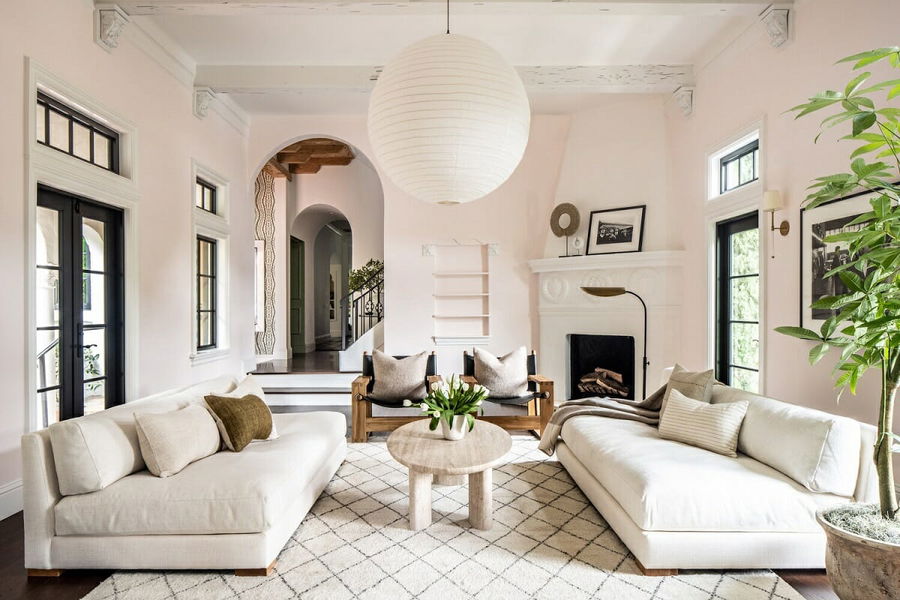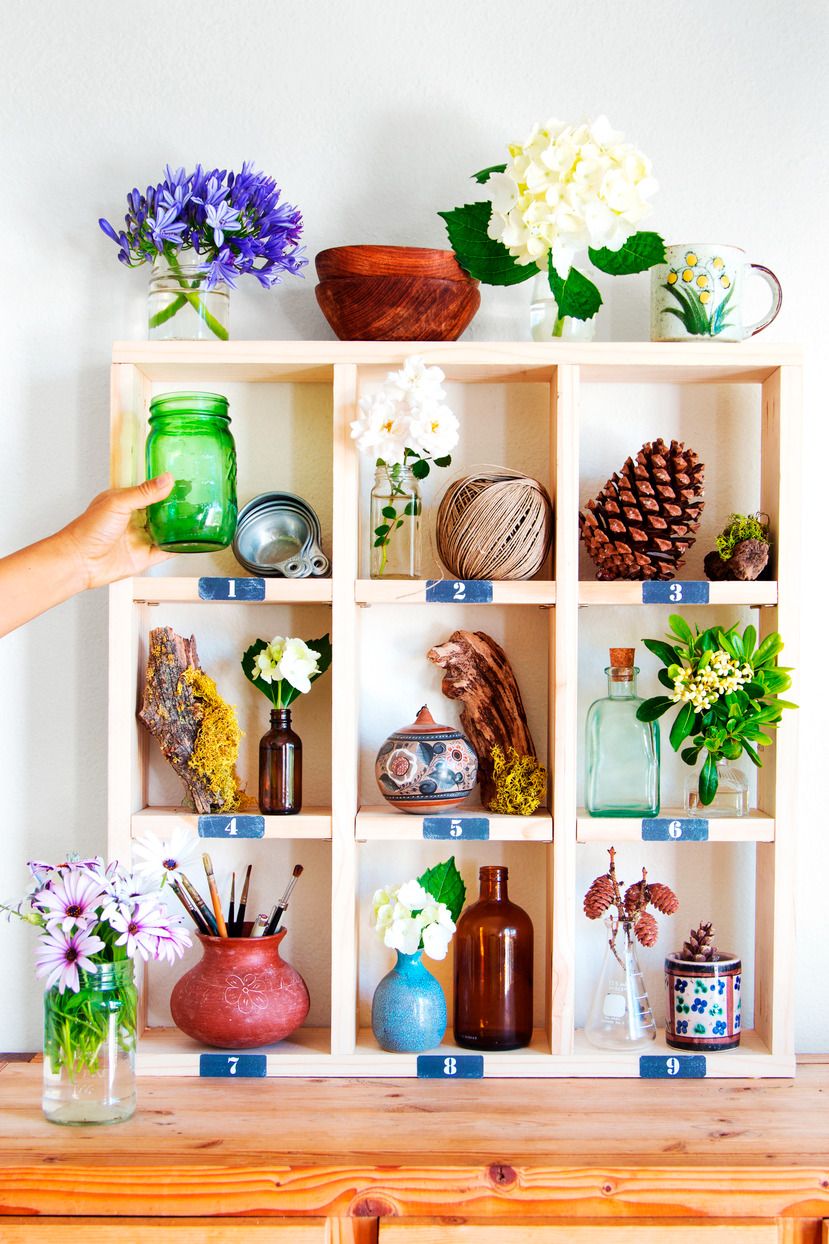Master the Art of Layering Textures in Home Decoration for a Cozy Ambience
The capacity to successfully layer textures within home design is a nuanced ability that dramatically adds to a cozy and welcoming ambience. The option of corresponding structures, from soft materials to all-natural components, is vital in attaining this balance.
:max_bytes(150000):strip_icc()/spanish-art-deco-home-tour-living-room-0120-2000-e206e51ef737424aaa6eab5f500f5b84.jpg)
Understanding Texture Essentials
When it comes to home decoration, understanding the fundamentals of appearance is important for developing a harmonious and inviting room. Appearance refers to the responsive quality of surface areas and can significantly influence the total visual and feeling of an area.

Selecting the Right Products
Picking the right materials is important in achieving a well-layered texture in home decoration. The choice of materials not just influences the general visual but likewise impacts the comfort and capability of the space. When taking into consideration structures, focus on natural fibers such as cotton, silk, linen, and woollen, which use heat and a tactile top quality that artificial materials usually lack.
For furniture, go with sturdy fabrics that can endure wear while preserving their texture. Velvet and chenille can include luxurious depth, while canvas and denim offer an even more informal feeling. Incorporating wood, metal, or rock can enhance the tactile contrast, supplying a based, organic component to your decor.
Additionally, consider the weight and drape of materials when selecting curtains or tosses. Larger materials can produce a relaxing, covering atmosphere, while lighter options can keep a ventilated feeling. Accessories like cushions and carpets can introduce varied appearances and patterns, enhancing the total layered result. Inevitably, the appropriate product selections will harmonize with your design vision, developing a space that really feels inviting and natural. Thoroughly curating these components will dramatically add to the ambiance of your home.
Layering Methods for Deepness
Efficient layering techniques are important for developing depth in home decoration, changing a flat room right into one that really feels abundant and welcoming. To achieve this, start by incorporating numerous structures that contrast yet complement each various other. Compare smooth surfaces like glass or steel with softer materials such as woollen or bed linen. This creates aesthetic rate of interest and responsive diversity.
Layering rugs can properly define areas within a room, including warmth and dimension. Tactically positioning toss cushions with YOURURL.com varying structures and sizes on sofas or beds can enhance deepness and comfort.
Furthermore, incorporate building elements straight from the source such as racks or mounted artwork to develop vertical layers. This not only draws the eye upwards but additionally gives opportunities to present added structures with decorative items presented on the racks.
Shade Control and Structure
In the realm of home decor, achieving harmony in between color and appearance is essential for developing a cohesive and welcoming ambience. When thoughtfully worked with, shade and structure can raise the visual charm of a room, creating depth and interest.

Next, concentrate on texture. Soft fabrics like velvet or linen compared with difficult products such as wood or metal create a dynamic interplay. For example, a plush velour sofa paired with a smooth, metallic coffee table introduces a responsive comparison that welcomes touch and exploration.
Furthermore, layering different appearances-- like a woven rug under a smooth table-- can better enrich the space. Remember to keep a natural look by restricting the variety of structures and shades, which aids avoid visual chaos. By grasping the art of shade coordination and structure, you can create an atmosphere that feels both harmonious and welcoming.
Seasonal Texture Transitions
As the seasons change, so too need to the structures within your home to show the developing ambience and state of mind. Transitioning your decor from one period to an additional can develop a sense of quality and comfort, improving your home's general allure.
In springtime and summer season, welcome lighter fabrics such as bed linen and cotton. These materials promote a windy feel and can be improved with vibrant patterns or subtle appearances like embroidered details. Integrate airy toss pillows and lightweight blankets to maintain a sense of relaxation.
As autumn methods, take into consideration introducing heat through richer textures. Wool, velvet, and heavier knits can offer comfort and comfort. Select earthy tones and layered fabrics like chunky knit tosses or superb velours to develop a welcoming click to read more ambiance.
Winter asks for an also a lot more indulgent strategy. Incorporate split textures with synthetic fur, thick wool, and plush materials - Home decor. These aspects not just add depth to your decor yet also welcome warmth throughout chillier months
Conclusion
In conclusion, mastering the art of layering appearances in home style substantially contributes to creating a comfy atmosphere. By recognizing texture essentials, choosing ideal materials, using efficient layering strategies, and working with colors, an unified and welcoming space can be accomplished. Furthermore, adjusting structures seasonally improves the overall visual and comfort of the home. This thoughtful technique not only enhances the aesthetic charm yet additionally fosters a setting for relaxation and well-being.
The capacity to effectively layer textures within home style is a nuanced ability that dramatically contributes to a cozy and welcoming environment.When it comes to home decoration, comprehending the principles of texture is essential for creating an unified and welcoming area. By mastering the essentials of texture, you lay the groundwork for more sophisticated layering strategies, leading to a well-curated and inviting home decoration scheme.
Choosing the appropriate products is essential in achieving a well-layered texture in home decoration.In final thought, grasping the art of layering structures in home decor substantially adds to creating a comfortable environment.